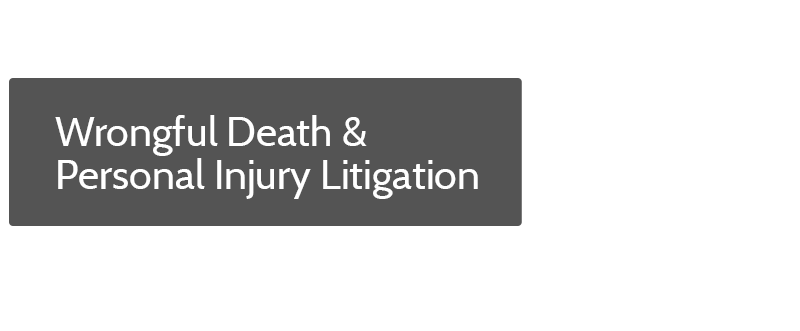Property Claims Against Public Entities: Foreseeability & Fault
PREMISES LIABILITY-STYLE CLAIMS AGAINST PUBLIC ENTITES MUST INCLUDE PROOF OF FORESEEABILITY.
In order to recover on a claim for injuries received or damaged suffered on public property, a plaintiff must prove (among other things) that the dangerous condition of the property created a reasonably foreseeable risk, not only of injury, but of the type or kind of harm that occurred to the plaintiff.
Specifically, this requires the plaintiff to prove not only that an incident or injury was reasonably foreseeable, but that the very type of injury or incident the plaintiff suffered was reasonably foreseeable, given the dangerous condition of the land.
The plaintiff does not need to prove that (s)he was using the public land in a careful manner. However, if the plaintiff was not using the land with care, the plaintiff may be held partially at fault under the rules of “comparative fault.” A plaintiff who contributed to his or her own injuries may have his or her damages reduced.
Also, to prevail, the plaintiff must prove that the property’s dangerous condition created a foreseeable risk of harm to any person using the property with due care. (This means that if the risk of harm was foreseeable only when the property was misused, the government defendant may escape liability.)
PLAINTIFFS MUST ESTABLISH THE PUBLIC ENTITY’S “FAULT” IN CONNECTION WITH THE INJURY.
In order to prevail in an action against a public entity for damages or injuries suffered on public lands, and plaintiff must also prove one of the following:
1. The defendant (public entity or government agency) had notice of the dangerous condition in time to protect against or remedy the hazard; or
2. The defendant (public entity or government agency) wrongfully or negligently created the dangerous condition.
A plaintiff can often prove the actions of a government agency by showing that its employees (or those empowered to act on its behalf) were responsible for the action. However, the plaintiff must be able to introduce admissible evidence proving at least one of these elements to the required legal standard. This requires more than mere allegations.
If you or someone in your family has suffered injury or property damage on public lands, or lands owned by a government entity, consult an experienced attorney immediately for an evaluation of your legal rights and potential claims.
***
Disclaimer: THIS ARTICLE IS FOR INFORMATIONAL PURPOSES ONLY, AND DOES NOT CONSTITUTE LEGAL ADVICE OR CREATE AN ATTORNEY-CLIENT RELATIONSHIP BETWEEN THE AUTHOR AND ANY PERSON. Your rights and experiences may vary. Never use an online article (including this one) to evaluate your legal claims. Speak with an experienced lawyer promptly to obtain a personalized evaluation of your claims, possible damages, and options. You may lose or compromise your rights if you delay in consulting legal counsel. Negligence and premises liability claims are complicated and fact-dependent. If you believe you have a claim against a property owner who permitted or failed to repair a dangerous condition, or any other type of legal claim, consult an experienced lawyer immediately for an evaluation of your possible rights and claims.














